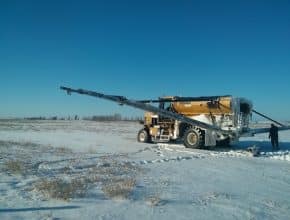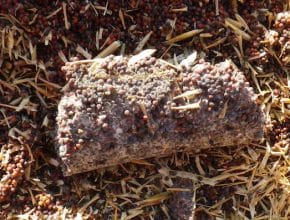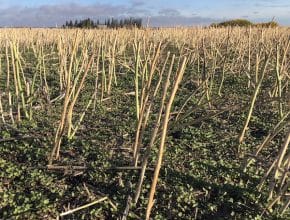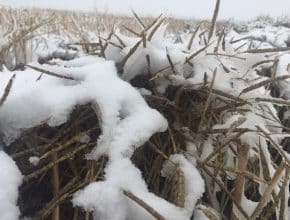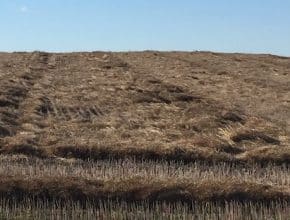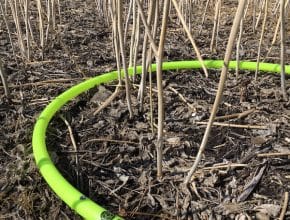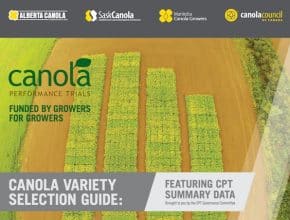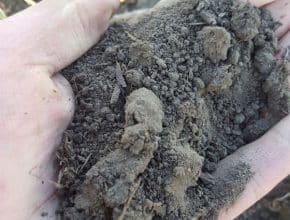Winter is a great time to review yield results, fertilizer rates and potential fertilizer shortcomings evident over the growing season. Winter provides the time to look at soil test results from the fall (and even sample fields that weren’t done sooner – albeit with specialized equipment for frozen soil) and make plans to pre-buy and maybe even take delivery of…
Canola Watch Posts
-
-
Canola harvested at 15% moisture may not last long in storage before spoilage begins. How long is hard to predict. If warm, spoilage could start within a matter of days. If stored cool or cold, canola may last longer without spoilage, but this bin will become very unstable with any stretch of warm weather…
-
-
Common scenarios growers face with the snow on canola are: 1. Canola is immature when snow falls. 2. Canola is ready to swath when snow falls. 3. Canola left standing for straight combining is hit with snow. 4. Canola in the swath was already dry and has been hit with snow. Here is a description of each scenario, along with…
-
-
Here are the main ways that clubroot spreads, in order from most to least spores…
-
-
-
Closer to freeze up is best time to capture soil test results that more closely resemble the situation next spring. BUT...sampling soon after combining may satisfy a number of other issues: (1) That is the only time you can get the custom soil-sampler. (2) You want test results in time to make fall fertilizer applications. (3) You want to see…

